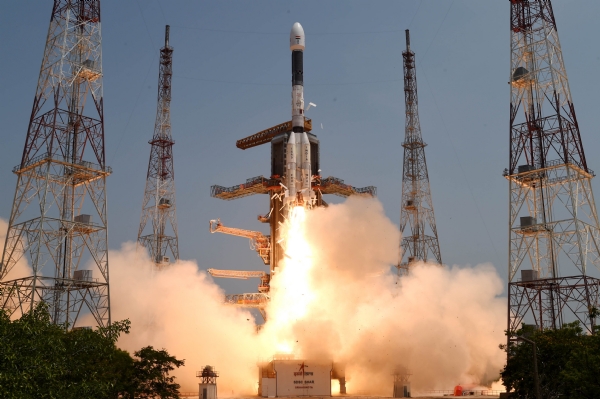NB in List | ISRO launches next-gen navigational satellite NVS - 01, here all you need to know about it
The rocket lifted off from the second launch pad of the Satish Dhawan Space Centre-Sriharikota Range (SDSC-SHAR) at 10.42 am. After a flight of about 19 minutes, the NVS-01 satellite was injected precisely into a geosynchronous transfer orbit.
Total Views |
The Indian Space Research Organisation (ISRO) on Monday (29 May) successfully accomplished its mission GSLV-F12/NVS-01. The space agency launched the NVS-01 navigation satellite on board its geosynchronous satellite launch vehicle (GSLV) and deployed it in a geosynchronous transfer orbit.

The rocket lifted off from the second launch pad of the Satish Dhawan Space Centre-Sriharikota Range (SDSC-SHAR) at 10.42 am. After a flight of about 19 minutes, the NVS-01 satellite was injected precisely into a geosynchronous transfer orbit.
Lift-off images📸 pic.twitter.com/QnCRYJondb
— ISRO (@isro) May 29, 2023
Here are the 7 points of the NVS - 01 satellite
- For unreserved, NVS-01 is the first of India's second-generation NavIC ('Navigation with Indian Constellation') satellites that accompany enhanced features.
- The NVS-01 satellite has replaced the IRNSS-1G satellite that was launched in 2016.
- The signals from NavIC are designed to provide user position accurate to better than 20 metres and timing accuracy better than 50 nanoseconds, ISRO said
- NavIC is designed with a constellation of seven satellites and a network of ground stations operating 24x7. NVS-01 carries navigation payloads L1,L5 and S bands. It also carry an indigenously developed rubidium atomic clock. Earlier scientists at ISRO had used an imported atomic clock.
- The satellite would provide real-time positioning and timing services over India and a region approximately 1,500 km around the mainland.
- .NVS-01 will accompany enhanced features including terrestrial, aerial and maritime navigation, precision agriculture, location-based services in mobile devices and marine fisheries.
- The mission life of NVS-01 is expected to be better than 12 years

